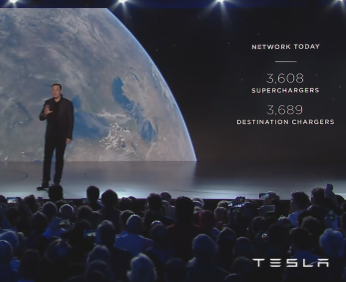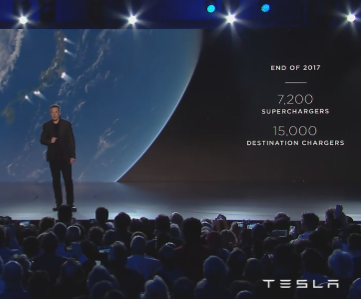GRA
Well-known member
Oh, okay. The numbers I posted were in reply to Dave's request that I compare throughput of the stations/SCs.GetOffYourGas said:Simple. I am looking at fleet miles. Your numbers ignore the fact that all FCV miles are powered from a Hydrogen station, yet less than half of EV miles are powered from public quick charging. Your numbers are only true if you look at road trips, and neglect to charge your EV before leaving home.GRA said:I'm not sure how you're reading the numbers to arrive at your conclusion, as they show just the opposite, except in the worst case for the Tucson (3,180), and the medium (3,360) and best (3,840) cases for the BEV. Care to elaborate on your methodology?GetOffYourGas said:So according to GRA's numbers, the Hydrogen stations still cannot support as many hydrogen-power miles as the Superchargers.
As we all know, the Superchargers only have to support part of the "load" of charging EVs. I'm going to guess it's typically 10-15% from what I've read. But even assuming it is much higher, at 25%, the EVs supported by the Superchargers can travel 4x the number of miles as indicated by your calculations. So even though the Superchargers have less throughput in terms of miles/hr worth of energy dispensed, the EVs they support can travel many more miles/day than the FCVs supported by the hydrogen stations.
Gotcha, but then that assumes that H2 station deployment is at the same stage as SC deployment, whereas in fact they're currently at different parts of the curve, with H2 ramping up (slightly), and SCs, at least at the moment in the U.S., tapering off. And of course, all the current retail H2 stations have single dispensers, owing to the limited number of cars they each need to serve.GetOffYourGas said:If a city has 30 EVs that drive 1,000 miles/month, you get 1,000 electric miles per day. On average, more than half of those miles are charged from home. Probably on the order of 80-85%. But I made a very conservative assumption that only 75% of the miles were supplied from home. So the public QC stations need to provide 250 miles/day for this group of 30 cars. Let's be even more conservative, call it 300 miles/day, so 10 miles/day per car.
The hydrogen stations need to provide 100% of the miles for FCVs they support. So if you have 30 cars driving 1,000 miles/month, you need to provide 1,000 miles/day for the same 30 cars. Or normalized to 33 miles/day per car.
Now let's look at your numbers:
The best case for hydrogen was 9,360*24h = 224,640 miles per day. This supports 224,640/33 = 6,807 cars.
The worst case for EVs was 2,880*24h = 69,120 miles per day. This supports 2,880/10 = 6,912 cars.
So clearly the worst case for EVs is better than the best case for FCVs. Looking at fleet-wide needs, the EV infrastructure still grew faster than the hydrogen infrastructure.
Assuming that FCEVs cross over to the mainstream (always a big if with any AFV), H2 stations will be built with more dispensers and greater storage, just as gas stations were, to boost capacity/throughput. We have around 110,000 U.S. gas stations now serving the entire LDV fleet of approx. 250 million vehicles for all their miles. There are far fewer gas stations now than there were at their peak (IIRR about 240k) but they are individually much larger, so while density has decreased, capacity and throughput have both gone up. The initial, state-supported phase of H2 station deployment is to provide coverage and acceptable density, rather than needing to maximize capacity/throughput.









